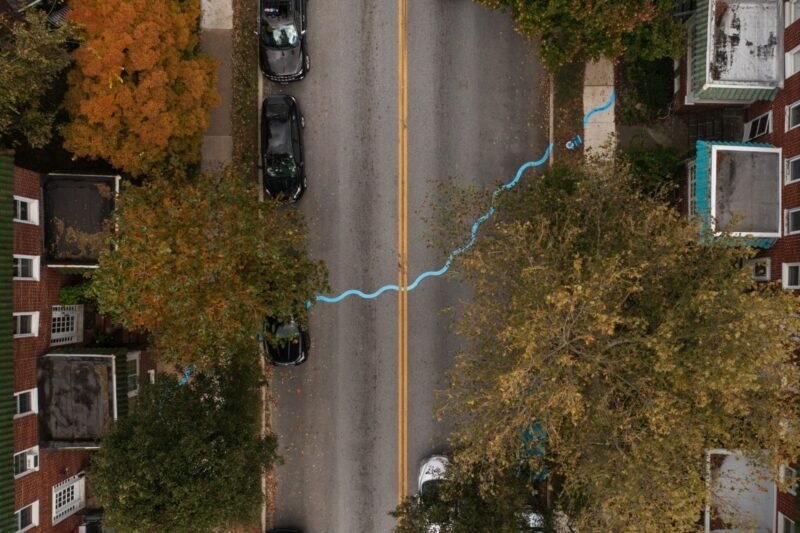Trend 9: The Revival Of Psychogeography
Psychogeography is hot. Guy Debord, founding member of Situationist International and the man who coined the term in 1955, defined the phenomenon as “the study of the precise laws and specific effects of the geographical environment, consciously organized or not, on the emotions and behavior of individuals”. In fact, psychogeography is the art of strolling, or just about anything that gets pedestrians off their predictable paths and leads them to a new awareness of the urban landscape. Recently we’ve seen a remarkable psychogeographic revival driven by several artistic urban projects and smartphone applications.

Over the last years we’ve seen several psychogeograhy-oriented initiatives in the urban mapping world. Lost London for instance, a project by interaction designer Emilie Giles that focuses on the forgotten places and networks that exist within the city of London. A rich source of recently made psychogeographic explorations is ‘You Are Here → Mapping the Psychogeography of New York City’ at Pratt Manhattan Gallery. This exhibition included artworks such as Ingrid Burrington’s Loneliness Map, a project that maps out the missed connections of lonely individuals in the city.

Also a wide range of smartphone apps contributes to the revival of psychogeography. An appealing example is Serendipitor, a free iPhone app that enables its users to “find something by looking for something else”. Begin by entering a destination, from which Serendipitor suggests various routes, which are shorter or longer, depending on how much time you have. As you navigate your chosen route, the app suggests actions and movements to generate interactive encounters. A similar project we wrote about is Dérive, a web-based app that presents users randomly drawn task cards that tell them what to do. Highly recommended is the Inception app, that was also part of our top 5 apps for exploring the city. This app uses augmented sound to induce dreams through the headset of the iPhone and iPod Touch, changing your perception of reality. Interested in more? Adam Greenfield compiled a list of iPhone and Android apps that support surprise and drift.

Why is psychogeography coming back in new forms and shapes? Obviously, new technologies play an important role. At the same time it seems that the psychogeographic revival is driven by critical sentiments towards over-regulated and predictable cities and urban planning methods. Furthermore, our lives are controlled by new media and technologies to such a large extent that psychogeographic experiences form an escape from daily routine as they enable people to look to their environments in a fresh way. If you manage to look at the city as if you were a child, you don’t need holidays to far-away destinations.
This article belongs to the Top 10 Trends For 2012. Reflecting on what we’ve written in 2011 and looking into the new year, we’ve compiled a fresh list of remarkable trends that we consider to be important for our cities in 2012.



